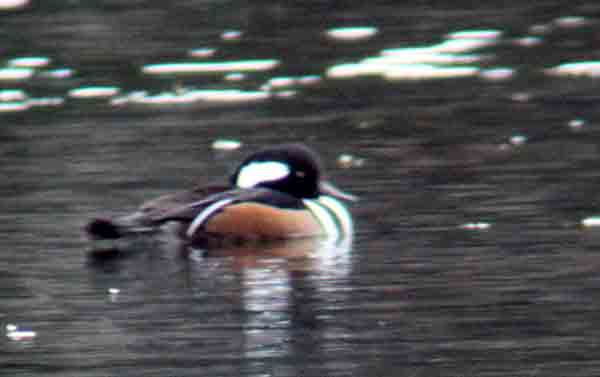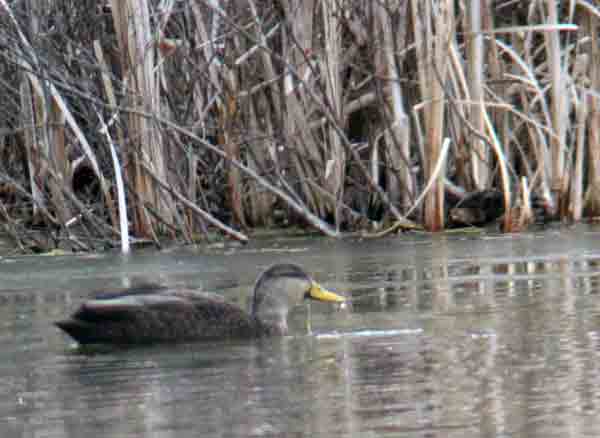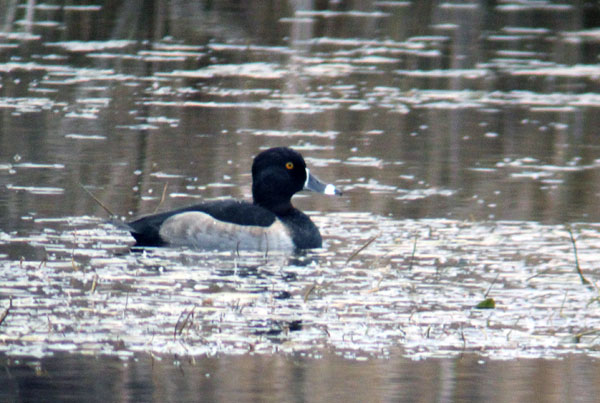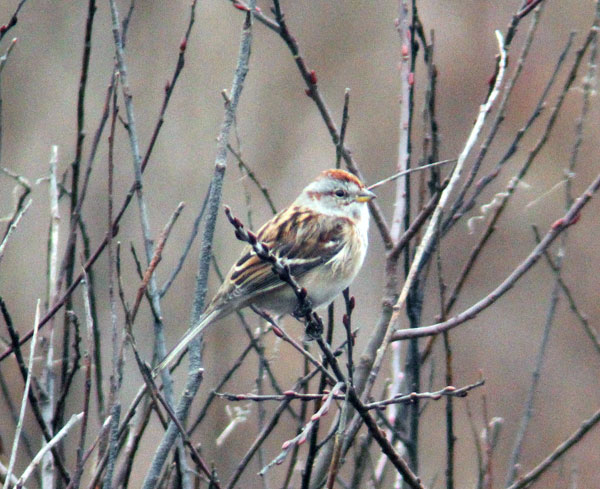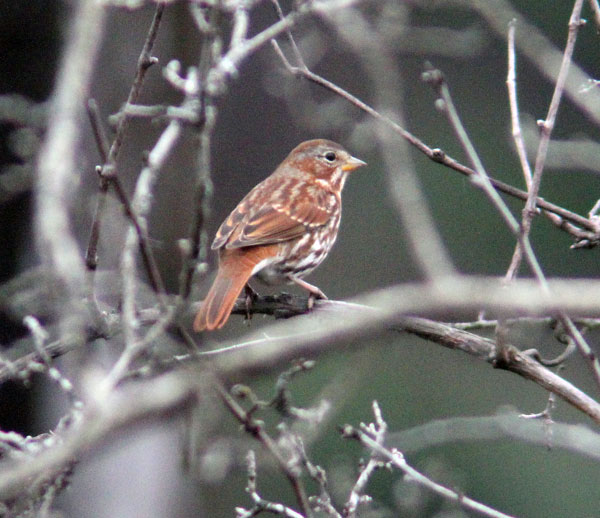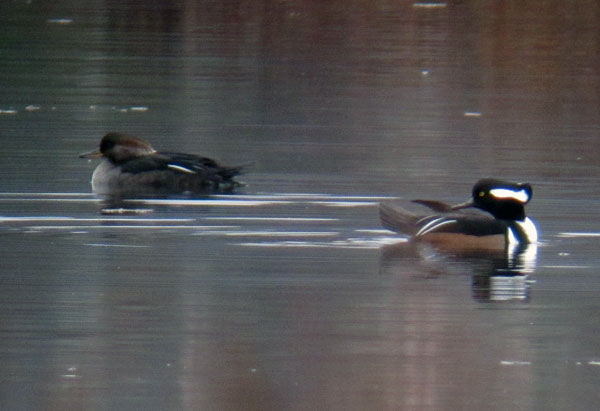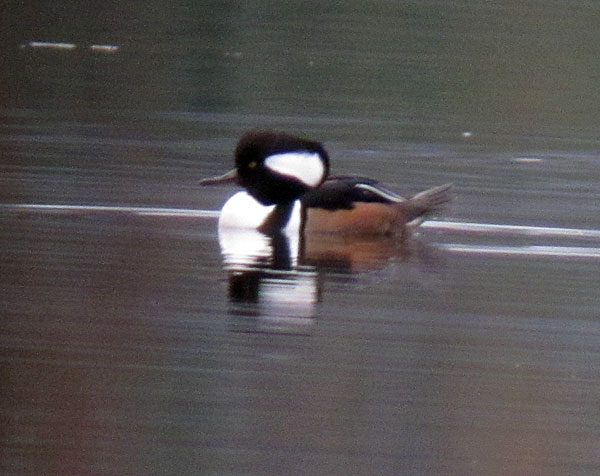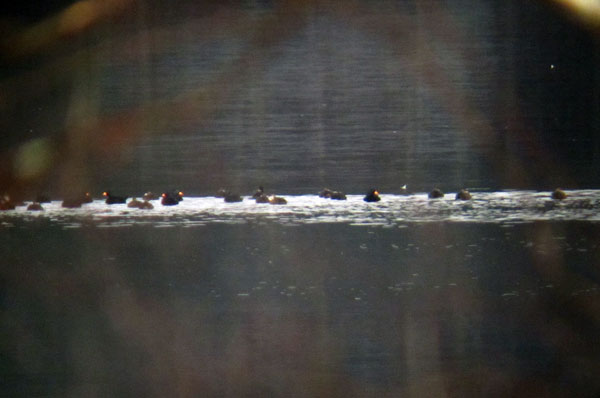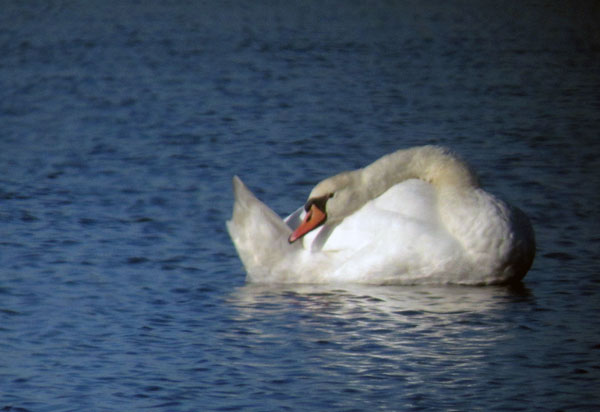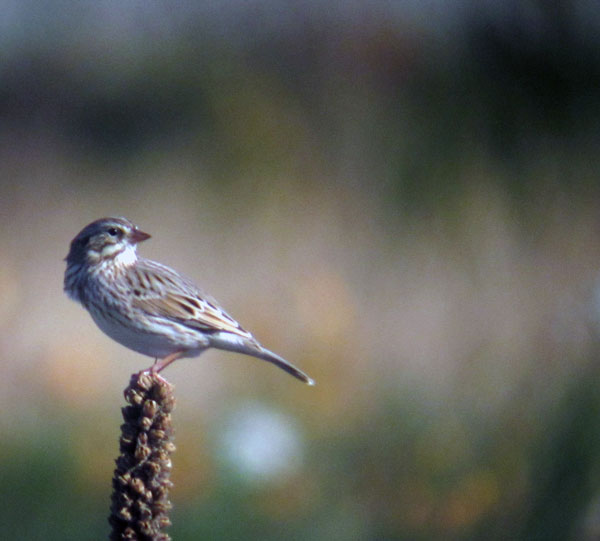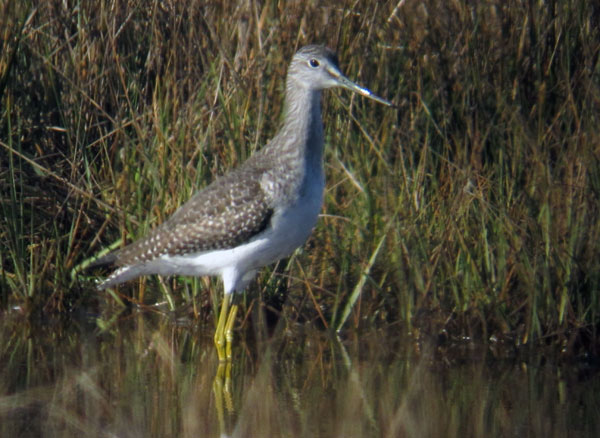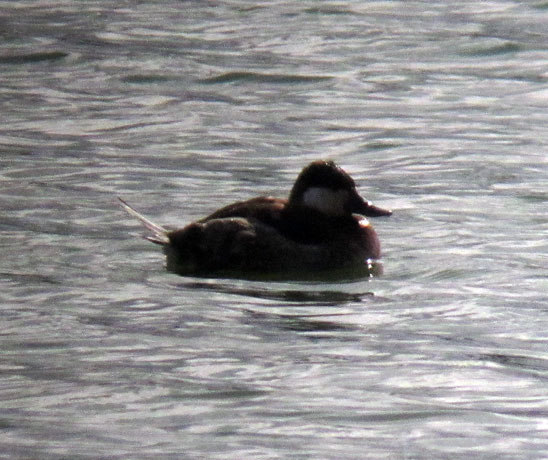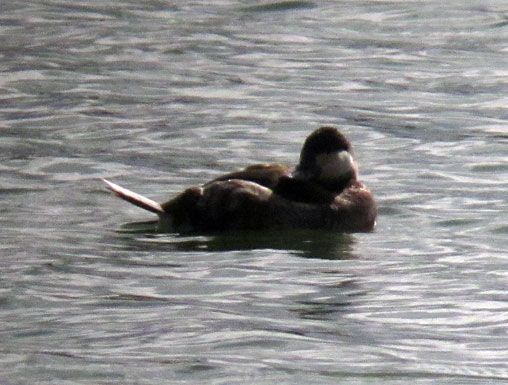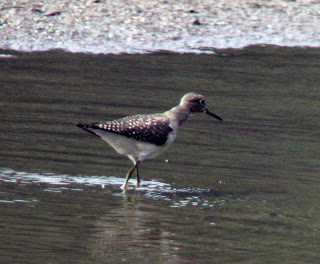I have pretty much transitioned to using my iPhone 5 for digiscoping using an attachment called a PhoneSkope. As I mentioned in a previous post, I always have my iPhone in my pocket and it’s a handy way to shoot through the scope. The quality gets better with each iteration of the phone, and an iPhone 6 may be on the not too distant horizon.

Each PhoneSkope is tailored for your camera and your scope. The cost is about $80 for case and adapter.
The setup is simple. You just put your phone or tablet into the case and attach it to the optic adapter by twisting and locking it in place. You then slide the optic adapter onto the end of your scope eye piece. It’s about a one-minute deal – I keep the case and adapter on the phone while I’m birding. (You can still use all functions of the phone.)
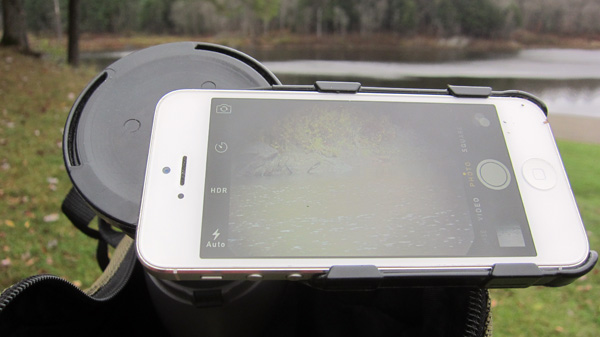
Here’s what you see – and you can either photo or video, and change the scope setting to get in closer.
There are lots of blog posts on using the iPhone (and other smart phones) so my suggestion is just to get out and shoot. It’s easy and even if there is some vignetting, you can reduce that through a finger swipe on the screen. The images are pretty good sized and can be perfect for web work.
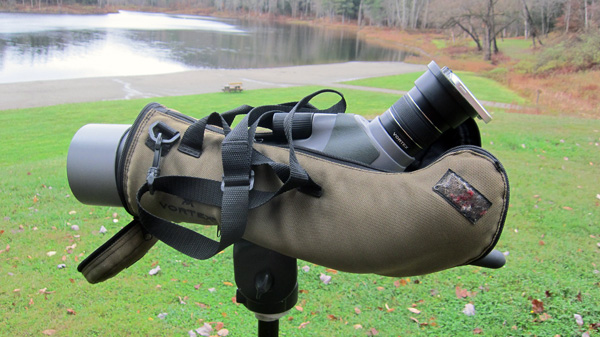
Here’s what I lug around although I usually take the phone off the rig and zero in on the bird with the scope.
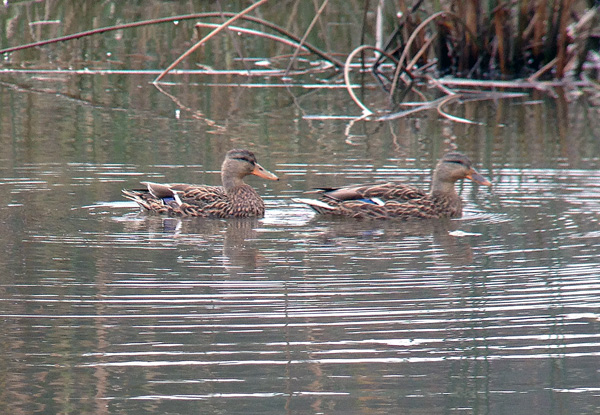
Here are a couple of Mallards I got with the iPhone the other day — nothing special but a nice easy shot as they cruised along.
I know there are other adapters that folks use and like. PhoneSkope has worked well for me and I see that they have created them for the new iPhones and other tablets. Consider giving it a try – you’re likely carrying a pretty good camera in your pocket.

